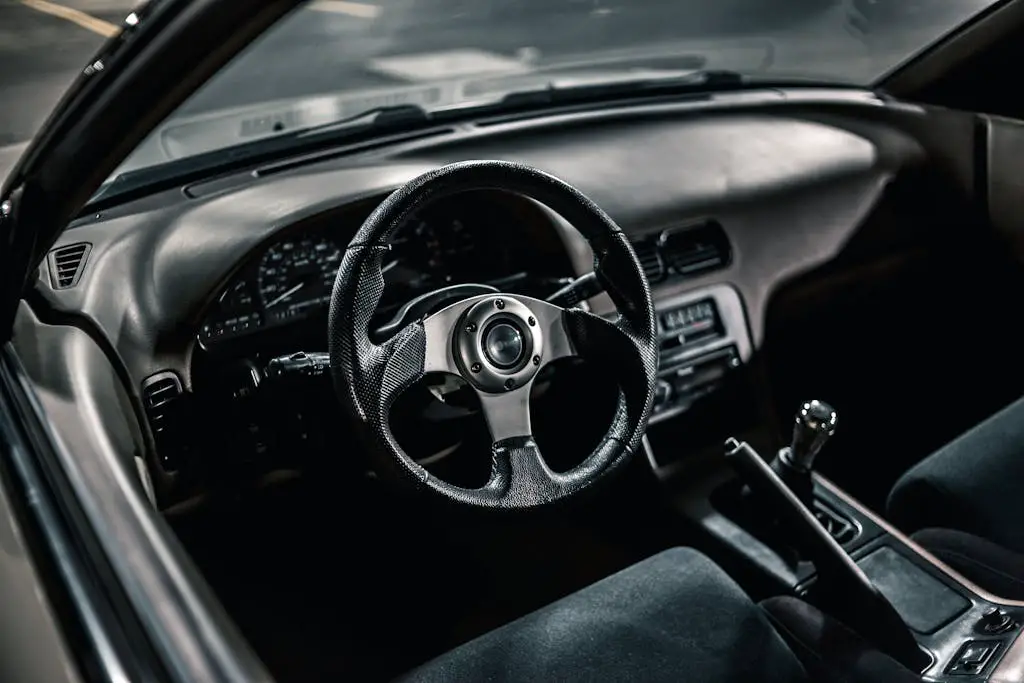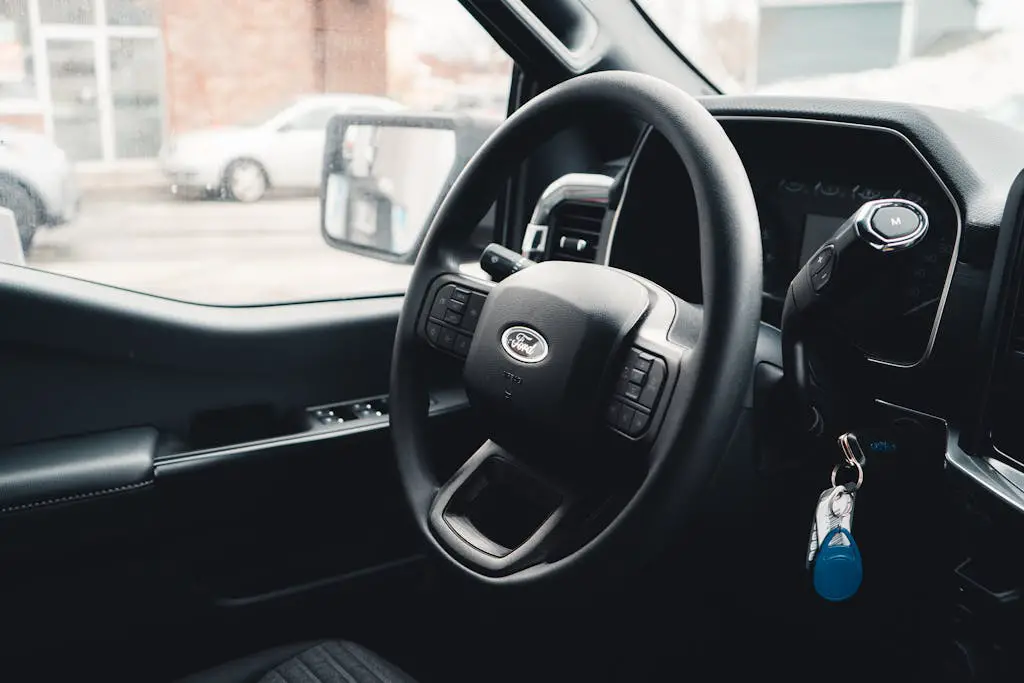How to Master the Clutch: Bleeding Tips for Ford Ranger Owners
To bleed the clutch on a Ford Ranger, follow these steps: Locate the clutch master cylinder and open the bleeder valve. Have someone pump the clutch pedal while you tighten the valve, and repeat until all air bubbles are gone.
Step-by-step Guide To Bleeding The Clutch
Bleeding the clutch on your Ford Ranger is an essential maintenance task that ensures smooth and efficient operation of your vehicle’s clutch system. If you notice that your clutch pedal feels spongy or if there is difficulty in shifting gears, it may be time to bleed the clutch. In this step-by-step guide, we will walk you through the process of bleeding the clutch on your Ford Ranger to restore optimal performance.
Gather The Necessary Tools And Materials
Before you begin bleeding the clutch, it is important to gather all the necessary tools and materials. Having everything prepared beforehand will make the process much smoother and efficient. Here are the tools and materials you will need:
- A wrench or socket set
- A clear vinyl tube or hose
- A clean container to catch the old fluid
- A bottle of fresh brake fluid
Locate The Clutch Bleeder Valve
The next step is to locate the clutch bleeder valve on your Ford Ranger. The clutch bleeder valve is typically located on the slave cylinder, which is connected to the clutch master cylinder. The exact location may vary slightly depending on the model year of your Ford Ranger, but it is usually found on the driver’s side of the transmission.
Prepare The Vehicle For Bleeding
Now that you have located the clutch bleeder valve, it is time to prepare the vehicle for bleeding. Start by ensuring that the vehicle is on a level surface and the engine is turned off. Place wheel chocks behind the rear wheels to prevent any movement while bleeding the clutch. It is also a good idea to protect the surrounding areas with a rag or towel to catch any spilled fluid.
Bleed The Clutch System
Once you have prepared the vehicle, it’s time to start bleeding the clutch system. Follow these steps:
- Loosen the bleeder valve using a wrench or socket set.
- Attach the clear vinyl tube or hose to the bleeder valve.
- Place the other end of the tube into the clean container.
- Have a helper depress the clutch pedal and hold it down.
- Open the bleeder valve and allow the old fluid and air bubbles to flow into the container.
- Close the bleeder valve and instruct your helper to release the clutch pedal.
- Repeat steps 4 to 6 until you see no more air bubbles in the fluid draining from the tube.
- Top up the clutch master cylinder with fresh brake fluid as needed.
- Tighten the bleeder valve securely.
Once you have completed the bleeding process and ensured that no air bubbles remain in the clutch system, you can start the engine and test the clutch pedal for proper operation. If the pedal feels firm and there are no difficulties in shifting gears, then you have successfully bled the clutch on your Ford Ranger.
Regularly bleeding the clutch system is an important maintenance task that ensures optimal performance and prolongs the lifespan of your Ford Ranger’s clutch components. By following this step-by-step guide, you can confidently bleed the clutch on your Ford Ranger and enjoy smooth and trouble-free driving.
Tips And Tricks For A Successful Clutch Bleeding
When it comes to bleeding the clutch on your Ford Ranger, following certain tips and tricks can significantly improve your chances of success. Bleeding the clutch is an essential maintenance task that helps remove air bubbles from the hydraulic system, ensuring smoother shifting and optimal clutch performance. In this section, we will explore some valuable insights for a successful clutch bleeding process.
Use A Pressure Bleeder For Quicker Results
If you want to expedite the clutch bleeding process, using a pressure bleeder is highly recommended. A pressure bleeder provides a constant source of pressurized brake fluid that helps force out any air trapped in the system. This tool creates a closed loop by connecting it to the clutch fluid reservoir and pressurizing it.
Avoid Introducing Air Into The System
During the clutch bleeding process, it is crucial to prevent the introduction of air into the system. Air can compromise the effectiveness of the hydraulic clutch, leading to spongy pedal feel and inconsistent engagement. To avoid air ingress, ensure that the fluid reservoir is always topped up and never allow it to run empty.
Additionally, when loosening and tightening bleed screws, use a proper flare nut wrench to minimize the risk of rounding off the fittings. This will ensure a tight seal and prevent air from seeping into the system.
Monitor The Clutch Pedal Feel And Engagement
Throughout the clutch bleeding process, it is essential to monitor the clutch pedal feel and engagement to gauge progress. Start by pumping the clutch pedal several times to build pressure in the system. As you bleed the clutch, the pedal should gradually become firmer with a consistent engagement point.
Ensure that the clutch pedal does not feel spongy or sink to the floor, as this indicates the presence of air in the system. Continuously check the fluid level in the reservoir and repeat the bleeding process if necessary to achieve a solid pedal feel and consistent engagement.
Conclusion
To sum up, bleeding the clutch on a Ford Ranger is an essential maintenance task that can improve the overall performance and lifespan of your vehicle. By following the step-by-step guide provided in this blog post, you can easily tackle this task on your own.
Regularly bleeding the clutch ensures smooth shifting and avoids potential damage to the clutch system. So, make sure to include clutch bleeding as part of your routine car maintenance. Happy driving!








